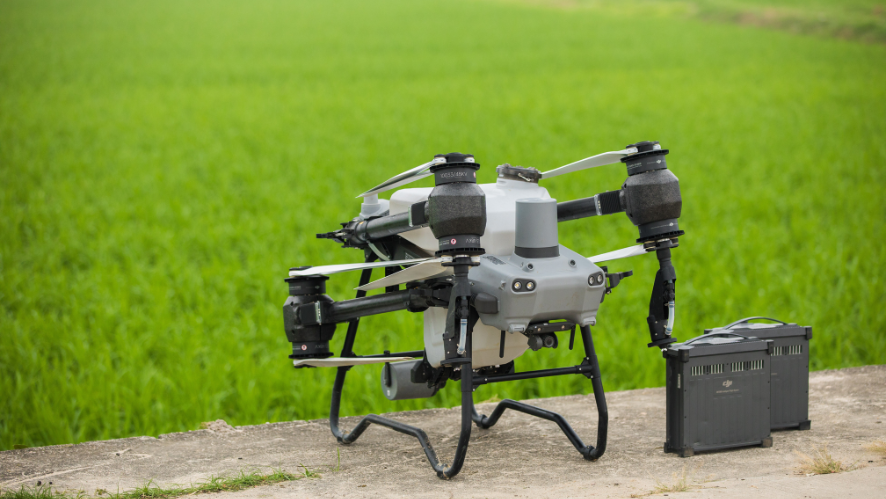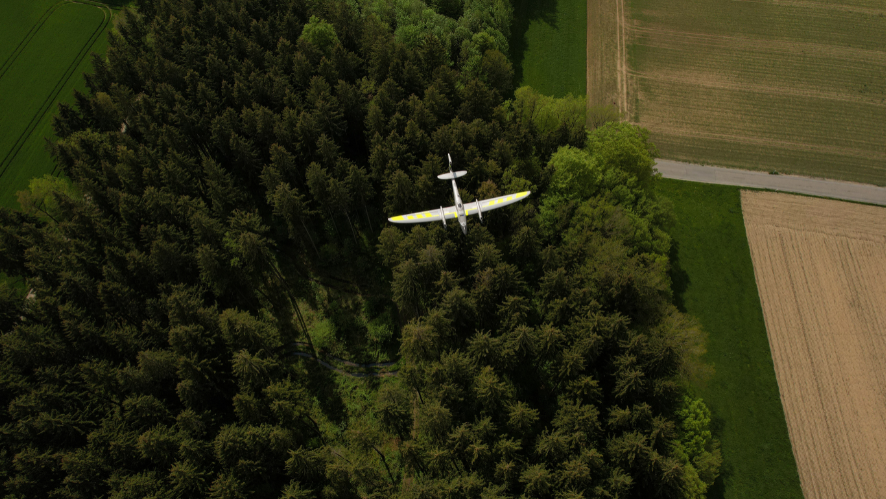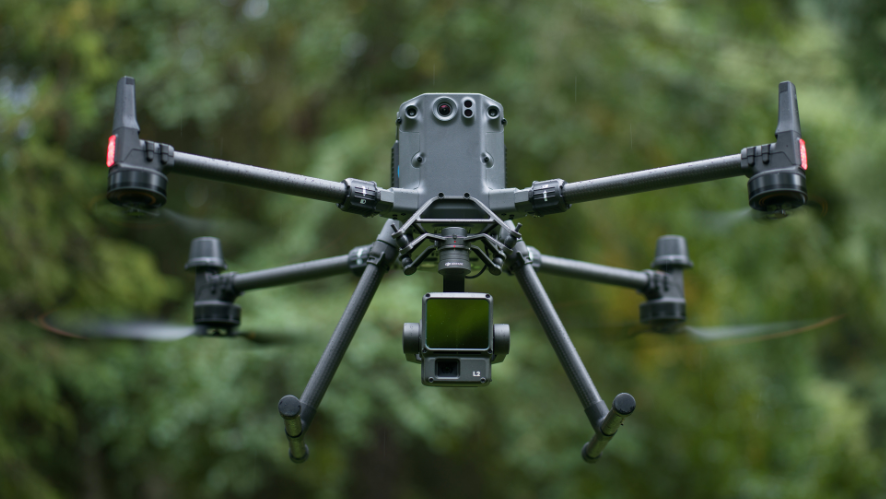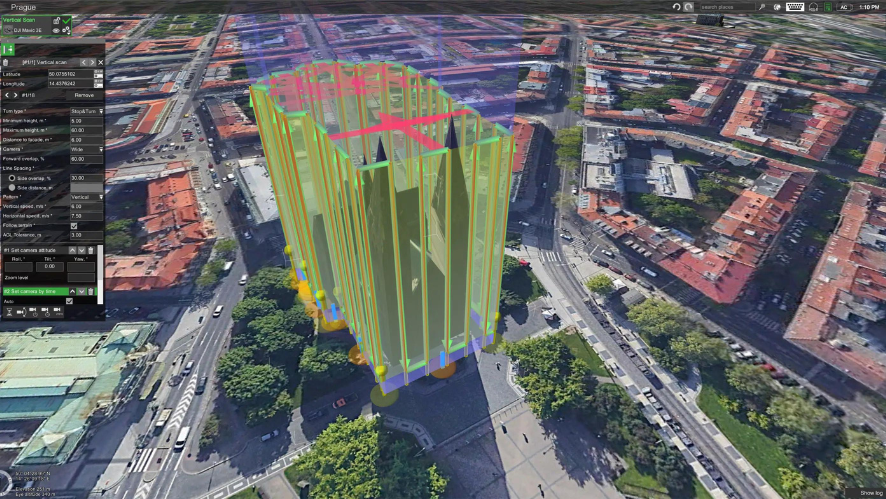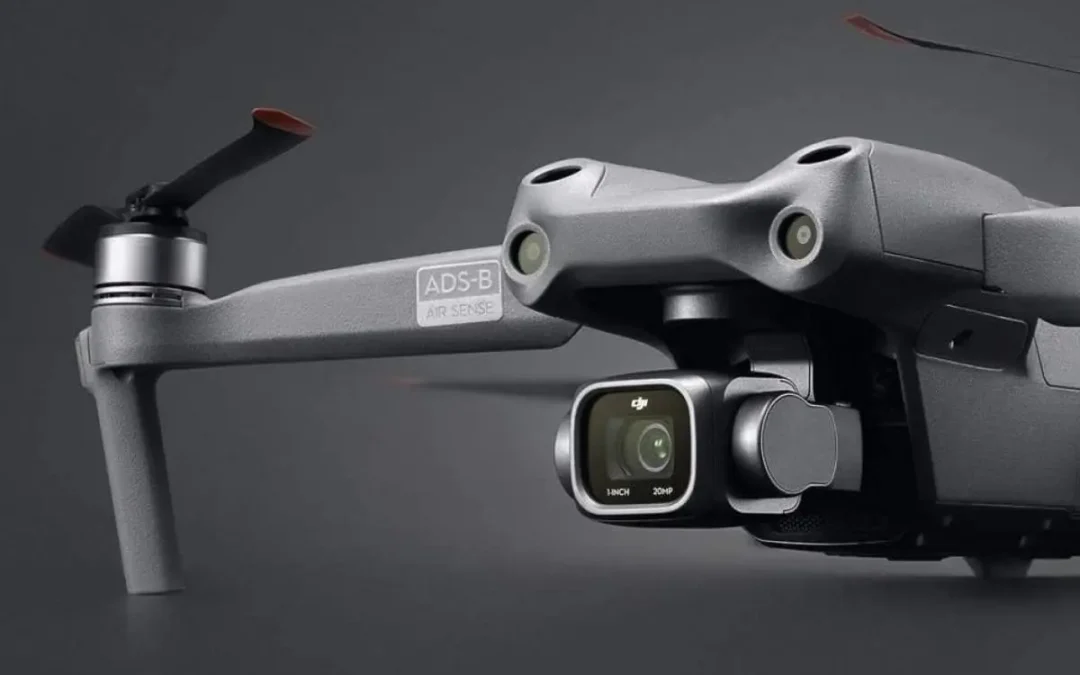What is the remote identification / remote ID system?
It consists of a sensor capable of providing information on the location and identification of the drone in real time, which allows this information to be provided remotely to the authorities and other airspace users.
Why is it necessary to have a remote identification system?
It allows the control and management of flights by the authorities, as well as being able to detect hostile flight attitudes for the safety of people or the environment. In addition to all this, and one of the no less important needs is to be able to coordinate the flights of all airspace users and to be able to establish the necessary protection standards to carry out drone operations with greater complexity.
Organisations and authorities pioneering the establishment of Remote ID
– The United States of America, through the FAA (Federal Aviation Administration) and thanks to the development of the NAS (National Airspace System), is seeking the full integration of drones into the national airspace system, so remote identification has become a priority in order to maintain security and facilitate the protection of airspace members, people and sensitive locations. The legislative proposal, which was initiated in 2019 and published in 2021, will require most drones operating in US airspace to have Remote ID, which will provide information about drones in flight, identification, location, altitude, control station and landing site. Authorities will be able to request the identity of the drone owner from the FAA.
– The European Union incorporated into legislation the need to incorporate these systems, as well as other specifications regarding the class marking of drones, a class marking that will become mandatory on all drones placed on the market from 2023. Article 1 of the DELEGATED REGULATION (EU) 2019/945 already provides for this:
- This Regulation lays down requirements for the design and manufacture of unmanned aircraft systems ‘UAS’ intended to be used in accordance with the rules and conditions defined in Implementing Regulation (EU) 2019/947, as well as of remote identification accessories. It also defines the type of UAS whose design, production and maintenance shall be subject to certification.
- It also lays down rules concerning the placing on the market of UAS, accessory kits and remote identification accessories and their free movement within the Union.
- This Regulation also lays down rules applicable to third country UAS operators when conducting UAS operations in accordance with Implementing Regulation (EU) 2019/947 within the airspace of the Single European Sky.
The latest in remote identification systems.
The world’s leading drone brand DJI already has aircraft with remote ID and geo-awareness systems integrated into the aircraft itself. These are increasingly similar to those used in the aviation industry. As shown in the picture, the DJI Mavic 3 and the ADS-B system.
There are three ways in which the remote identification requirement can be met:
- Operate a drone with an integrated remote identification system, which allows you to facilitate the identification and location of the drone as well as the control station.
- Operate a drone with an accessory remote identification system, by means of a removable on-board the aircraft, these systems will have to provide all the information in real time that is established in the standard.
- Operate without a remote identification system, provided that the regulation requiring this identification is not in force, or whenever operating in operational scenarios where it is exempted from the requirement.







